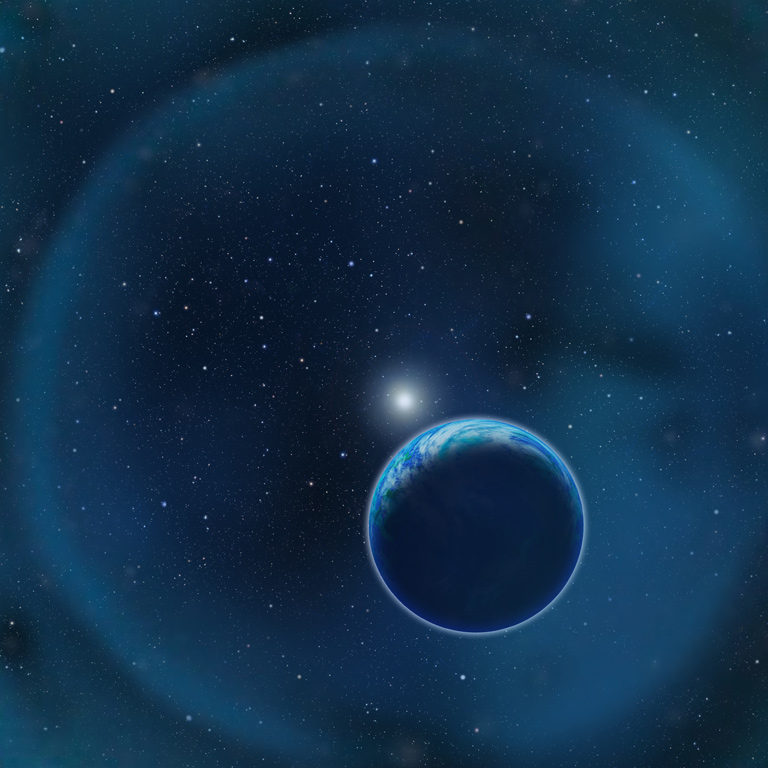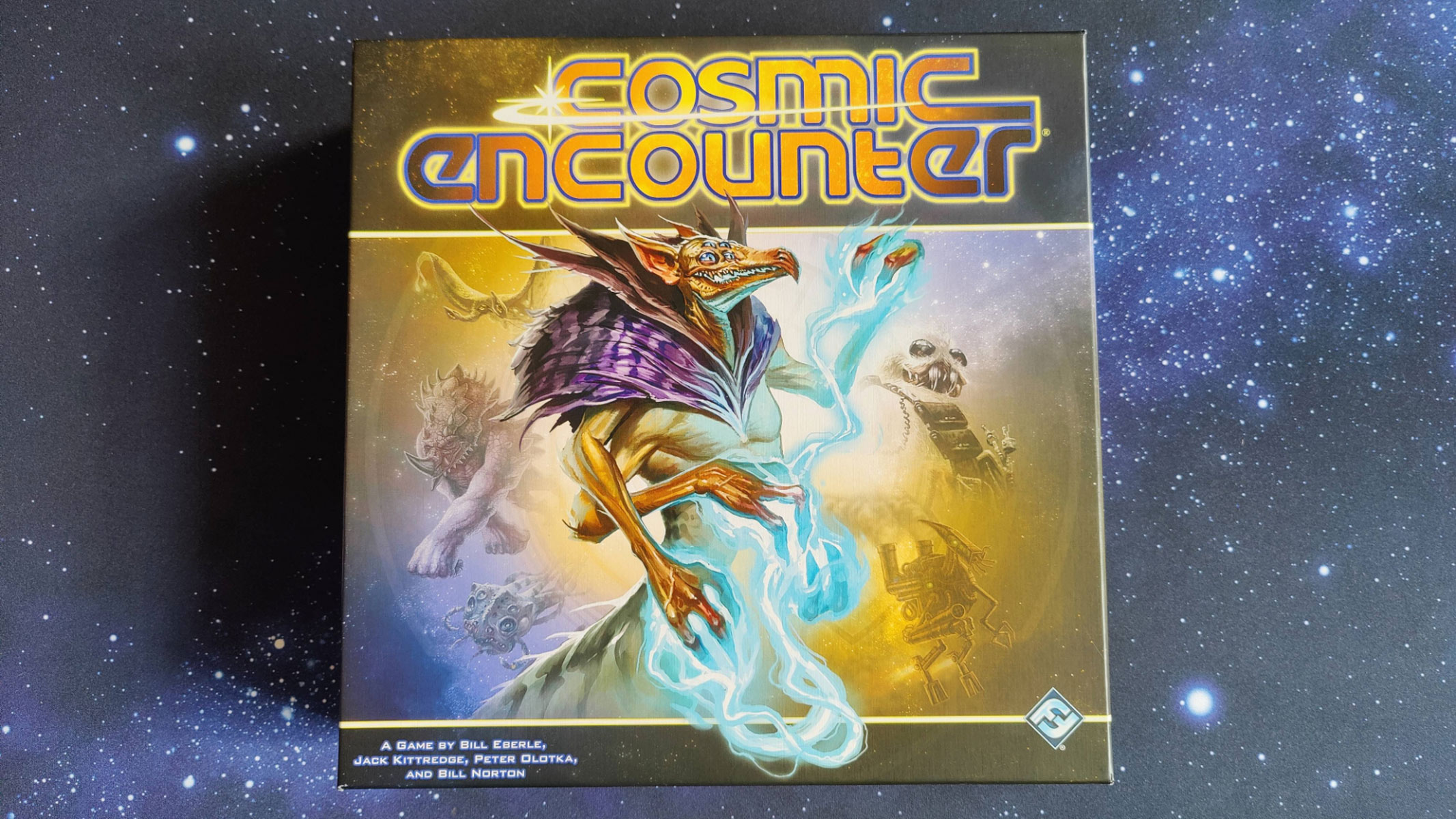Hairspray Chemical Could Aid Search for Alien Life

Chemicals once found in hairspray may serve as signs of alien life on faraway worlds, researchers say.
These compounds may reveal that extraterrestrials have disastrously altered their planets, scientists added.
To detect biomarkers, or signs of life, on distant worlds, scientists have often focused on molecules such as oxygen, which theoretically disappears quickly from atmospheres unless life is present to provide a constant supply of the gas. By looking at light passing through atmospheres of alien worlds, past studies have suggested future instruments such as NASA's James Webb Space Telescope could detect telltale traces of oxygen. [10 Exoplanets That Could Host Alien Life]
But the search for extraterrestrial intelligence (SETI) has mostly concentrated on "technosignatures," such as radio and other electromagnetic signals that alien civilizations might give off. Now researchers suggest that searches for atmospheric biomarkers could also look for industrial pollutants as potential signs of intelligent aliens.
Astronomers at Harvard University focused on tiny, superdense stars known as white dwarfs. More than 90 percent of all stars in the Milky Way, including our own sun, will one day end up as white dwarfs, which are made up of the dim, fading cores of stars.
Though white dwarfs are quite cold for stars, they would still be warm enough to possess so-called habitable zones — orbits where liquid water can exist on the surfaces of circling planets. These zones are considered potential habitats for life, as there is life virtually everywhere there is liquid water on Earth.
The scientists examined how Earth-size planets in the habitable zones of white dwarfs might look if they possessed industrial pollutants in their atmosphere. They focused on chlorofluorocarbons (CFCs), which are entirely artificial compounds, with no known natural process capable of creating them in atmospheres.
Get the Space.com Newsletter
Breaking space news, the latest updates on rocket launches, skywatching events and more!
CFCs are nontoxic chemicals that were once used in hairspray and air conditioners, among many other products, before researchers discovered they were causing a hole in Earth's ozone layer, which protects the planet from dangerous ultraviolet radiation.
"Very hairy extraterrestrials may be a little easier to detect," joked lead study author Henry Lin, a physicist at Harvard.
CFCs are strong greenhouse gases, meaning they are very effective at absorbing heat. This means that if CFCs are in the atmosphere of a distant Earth-size planet, they could alter a white dwarf's light when that world passes in front of that star — enough for the $8.8 billion James Webb Space Telescope (JWST), which is due to launch in 2018, to detect them.
In addition, the researchers noted that CFCs are long-lived molecules, capable of lasting up to about 100,000 years in atmospheres. This means they could even serve as markers of long-dead alien civilizations. [10 Alien Encounters Debunked]
The investigators simulated the amount of time it would take JWST to detect the fluorocarbon CF4 and the chlorofluorocarbon CCl3F in the atmosphere of an Earth-size planet in the habitable zone of a white dwarf. They modeled concentrations of these gases 100 times greater than the highs currently seen on Earth.
The scientists found it would take JWST three days of looking at such a white dwarf to detect signs of CF4, and only a day and a half for CCl3F.
"The most exciting aspect of the results is that within the next decade we might be able to search for excessive industrial pollution in the atmospheres of Earth-like planets," study co-author Abraham Loeb, a theoretical astrophysicist and chair of Harvard's astronomy department, told Space.com.
Ironically, "aliens are often referred to as green little creatures, but 'green' also means 'environmentally friendly,'" Loeb said. "Detectable CFC-rich civilizations would not be 'green.'"
The scientists did caution that it would take much longer to detect these industrial pollutants than it would biomarkers such as oxygen, which JWST could find after about three hours of looking at such a planet. Astronomers should only attempt to discover technosignatures such as CFCs if initial searches for fundamental biomarkers like oxygen were successful, the research team suggested.
The astronomers cautioned it would be 100 times more difficult to detect industrial pollutants on planets orbiting yellow dwarf stars like the sun, making such searches beyond the capabilities of JWST. It would also take an unrealistically long time to detect CFC levels on alien planets that match those currently found on Earth, Loeb said.
One potentially sobering future discovery might be of alien worlds that possess long-lived industrial pollutants such as CFCs but no longer have any short-lived biomarkers such as oxygen.
"If we find graveyards of other civilizations, most rational people would likely get engaged in protecting the Earth from a similar catastrophe," Loeb said.
"We call industrial pollution a biomarker for intelligent life, but perhaps a civilization much more advanced than us with their own exoplanet program will classify industrial pollution as a biomarker for unintelligent life," Lin said.

However, if astronomers discover a world heavy with CFCs that exists outside the habitable zone of its star, that could mean an extraterrestrial civilization may have intentionally "terraformed" that planet, making it livably warmer "by polluting it with greenhouse gases," Loeb said. Scientists have previously suggested terraforming Mars by warming and thickening the Red Planet's atmosphere so that humans can roam its surface without having to wear spacesuits.
The scientists detailed their findings in a paper submitted to the Astrophysical Journal.
Follow us @Spacedotcom, Facebook or Google+. Originally published on Space.com.
Join our Space Forums to keep talking space on the latest missions, night sky and more! And if you have a news tip, correction or comment, let us know at: community@space.com.

Charles Q. Choi is a contributing writer for Space.com and Live Science. He covers all things human origins and astronomy as well as physics, animals and general science topics. Charles has a Master of Arts degree from the University of Missouri-Columbia, School of Journalism and a Bachelor of Arts degree from the University of South Florida. Charles has visited every continent on Earth, drinking rancid yak butter tea in Lhasa, snorkeling with sea lions in the Galapagos and even climbing an iceberg in Antarctica. Visit him at http://www.sciwriter.us
